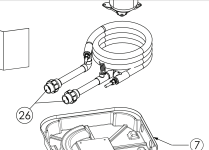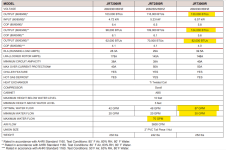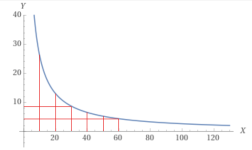- Aug 14, 2019
- 7
- Pool Size
- 28000
- Surface
- Vinyl
- Chlorine
- Salt Water Generator
- SWG Type
- Jandy Truclear / Ei
Hi,
Our inground pool is finished being built and one question I have is in regards to hitting optimum heatpump flow.
I purchased a FlowVis FV-2 and had it installed on the output of the heatpump, and just noticed while looking at this picture below that it was supposed to go between the heater and salt system not after!
In any case the Jandy Versatemp JRT3000R says its optimum flow rate is 57gpm. I have my VS pump running at 2600RPM while heating which achieves a 60GPM measurement at the flowmeter. My interpretation is that after the salt and the headloss due to the Flowmeter the heater is nominally getting 57GPM through it and therefore achieving optimum flow and heat transfer into our pool.
Any glaring flaws in this logic?

Thanks!
Our inground pool is finished being built and one question I have is in regards to hitting optimum heatpump flow.
I purchased a FlowVis FV-2 and had it installed on the output of the heatpump, and just noticed while looking at this picture below that it was supposed to go between the heater and salt system not after!
In any case the Jandy Versatemp JRT3000R says its optimum flow rate is 57gpm. I have my VS pump running at 2600RPM while heating which achieves a 60GPM measurement at the flowmeter. My interpretation is that after the salt and the headloss due to the Flowmeter the heater is nominally getting 57GPM through it and therefore achieving optimum flow and heat transfer into our pool.
Any glaring flaws in this logic?
Thanks!


















